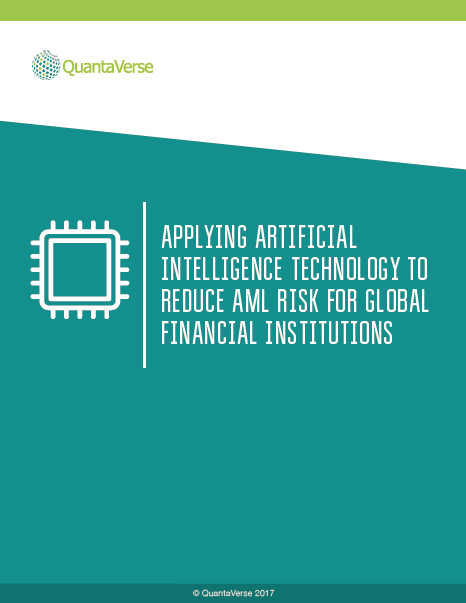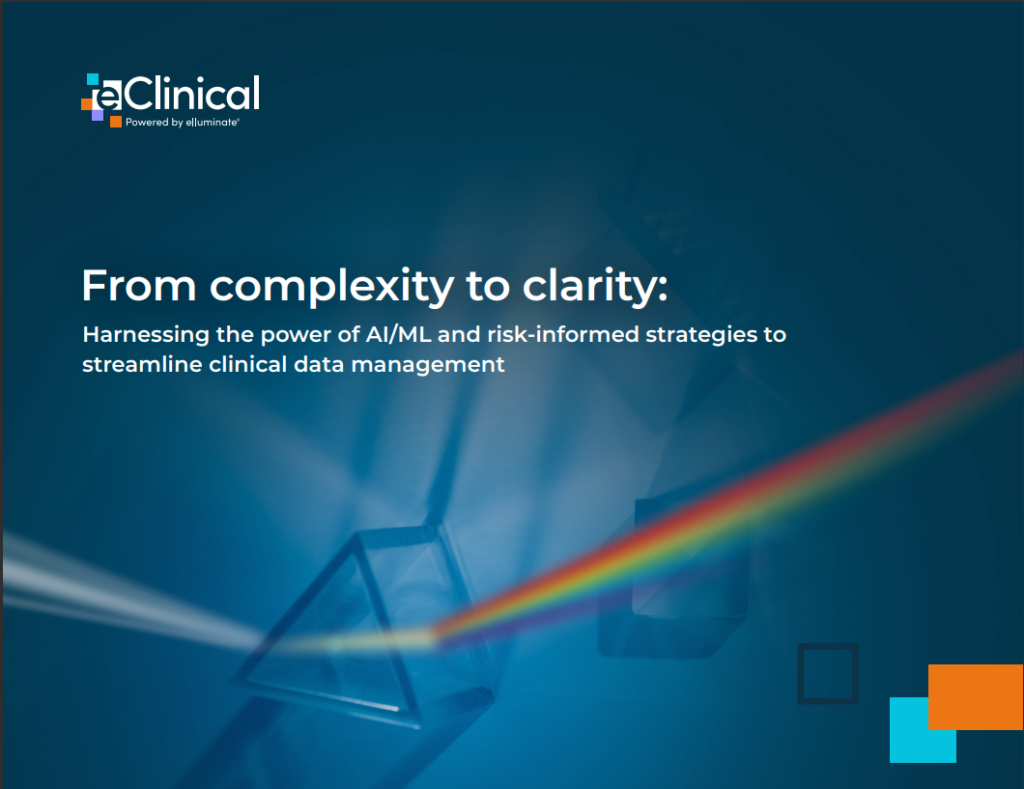 QuantaVerse published a new paper that examines how financial institutions can apply AI and machine learning technologies into their anti-money laundering (AML) ecosystems. For financial institutions, the time is now to deploy AI into their AML ecosystems. AI and machine learning hold the key to reducing risk related to financial crimes, addressing regulation, driving out operational cost through improved efficiency and, most importantly, effectively preventing criminals and terrorists from using the banking industry for their evil agendas.
QuantaVerse published a new paper that examines how financial institutions can apply AI and machine learning technologies into their anti-money laundering (AML) ecosystems. For financial institutions, the time is now to deploy AI into their AML ecosystems. AI and machine learning hold the key to reducing risk related to financial crimes, addressing regulation, driving out operational cost through improved efficiency and, most importantly, effectively preventing criminals and terrorists from using the banking industry for their evil agendas.
Some of the highlights of the paper titled, Applying AI Technology to Reduce AML Risk for Global Financial Institutions, include:
- The many inefficiencies of legacy transaction monitoring systems (TMS) that continue to hinder AML compliance programs.
- The identification of transactions that represent serious risks for financial institutions. If a financial crime does not violate a stated rule, the TMS will not flag it and a high volume of risky transactions could potentially go undiscovered. It is estimated that 50 percent of financial crimes pass through TMS unnoticed.
- The reduction of false positive alerts that TMS create. With TMS, the search for anomalies will frequently catch the normal transactions of legitimate clients. These “false positive” alerts trigger time-consuming and expensive human investigations. The industry estimates that approximately 95 percent of the alerts generated by TMS are false positives.
- By leveraging advancements in data science such as artificial intelligence (AI) and machine learning, financial institutions can set a new standard of AML compliance, mitigating regulatory risk more effectively and saving the industry billions of dollars in fines. The application of AI is a logical one that would not require financial institutions to replace their TMS, but instead allow them to keep systems in place while enhancing their AML ecosystems.
- For instance, AI-based AML solutions, like the ones from QuantaVerse can reduce false positives by cleansing and enriching data before transactions flow through an institution’s TMS. After transactions pass through the TMS, an AI solution can then analyze the transactional data to detect false negatives, or anomalous behaviors, that may have been missed.
Download the report HERE.
Sign up for the free insideBIGDATA newsletter.




Speak Your Mind